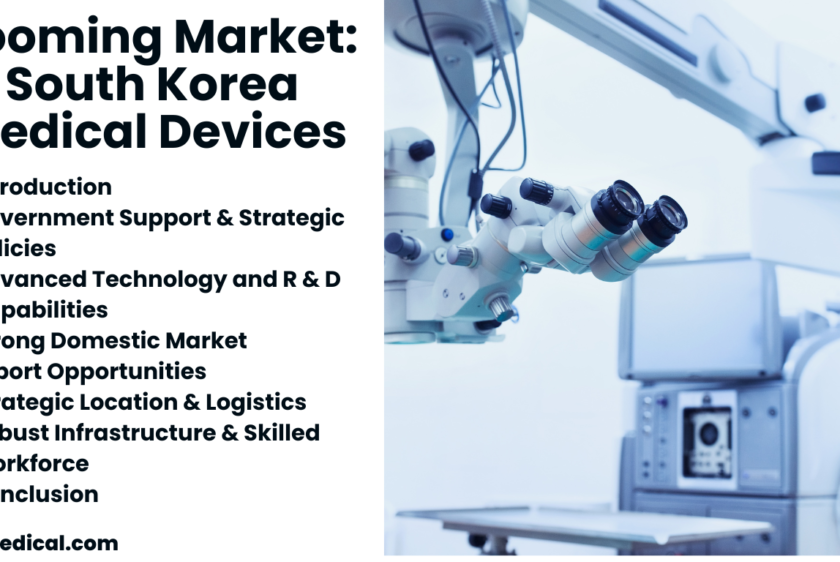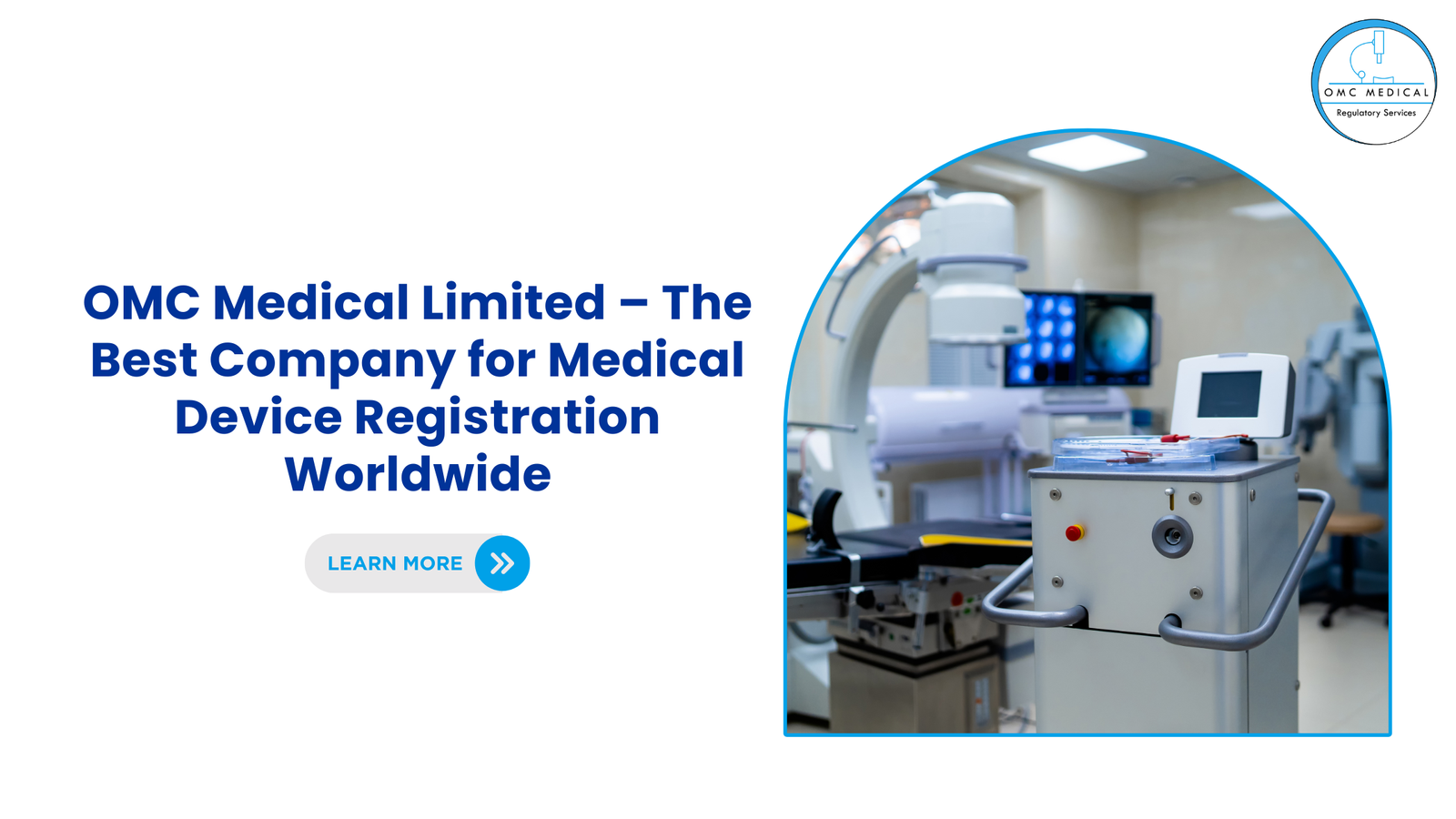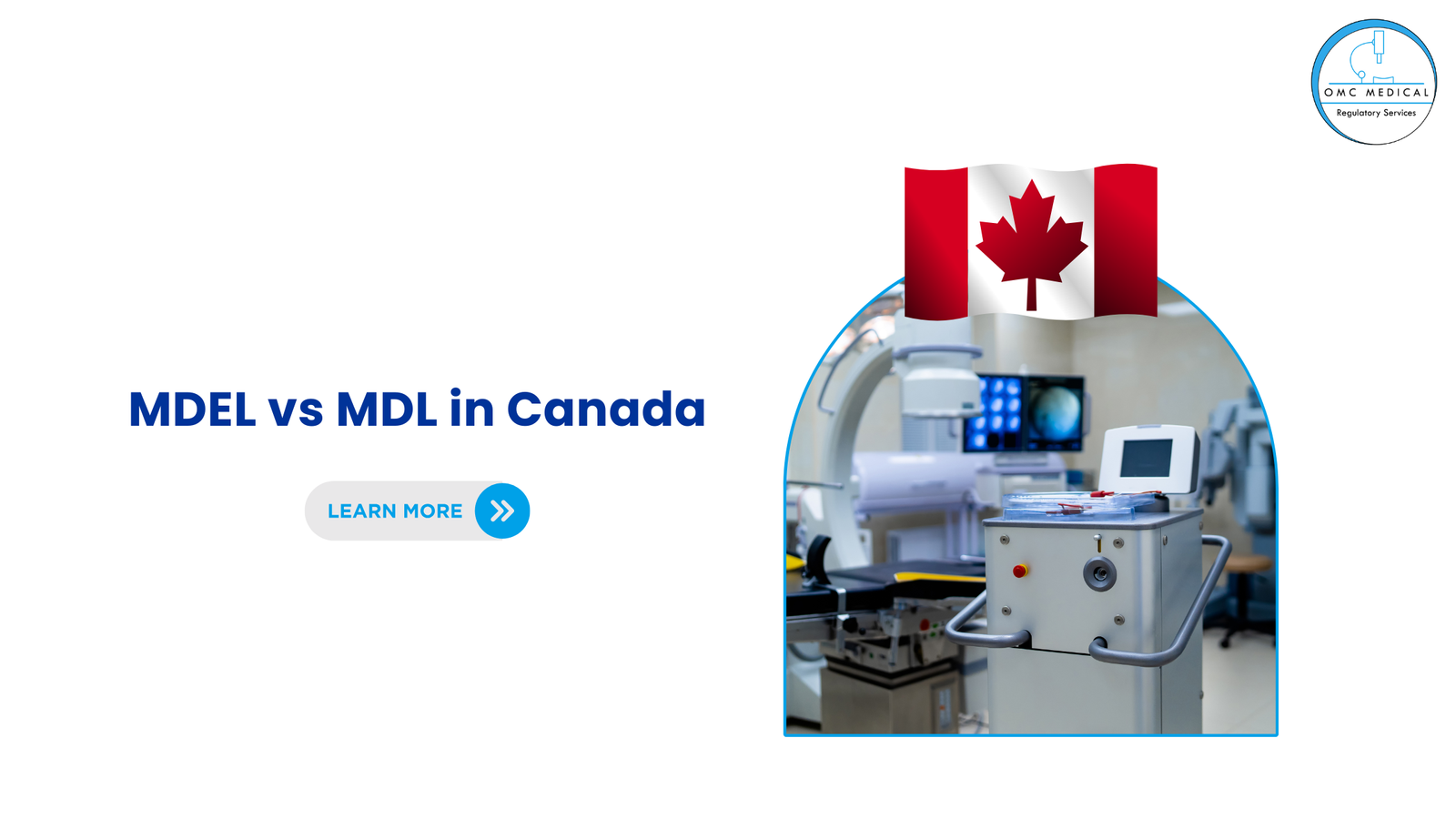South Korea has emerged as a significant player in the global medical device market, and its growth trajectory is impressive. The convergence of government support, advanced technology, a strong domestic market, and strategic trade positions South Korea as a hub for medical device innovation and investment.
Here’s an in-depth exploration of the factors contributing to this booming market.
South Korea is a Booming Market for Medical Devices
1.Government Support and Strategic Policies
1.1. Regulatory Framework and Incentives
The South Korean government plays a crucial role in fostering the medical device industry. The Ministry of Food and Drug Safety (MFDS) has streamlined regulatory processes, reducing the time and cost associated with bringing new medical devices to market.
The “Innovative Medical Device Industry Promotion Act,” introduced in 2019, exemplifies the government’s commitment. This legislation provides financial incentives, tax benefits, and support for startups and established companies engaged in R&D.
Additionally, the government has set up the Medical Device Industry Promotion Institute to further drive innovation and international competitiveness.
1.2. Funding and Grants
Substantial government funding is available for research and development in the medical device sector. Programs such as the Korea Health Industry Development Institute (KHIDI) offer grants and support for innovative projects, enabling companies to advance their technologies and bring cutting-edge products to market.
The government also encourages public-private partnerships, fostering collaboration between academia, research institutions, and industry players.
2. Advanced Technology and R&D Capabilities
2.1. Technological Expertise
South Korea is globally recognized for its technological advancements, particularly in electronics and IT, which are critical components of modern medical devices. Companies like Samsung and LG, with their expertise in digital technology and imaging, have made significant inroads into the medical device industry.
Innovations in areas such as diagnostic imaging, ultrasound systems, and digital health solutions are driving growth and setting new industry standards.
2.2. Collaborative Ecosystem
The country’s robust R&D ecosystem is characterized by strong collaboration between universities, research institutions, and private companies. iblbet like Seoul National University Hospital and the Korea Advanced Institute of Science and Technology (KAIST) are at the forefront of medical research, often partnering with industry players to develop innovative solutions.
These collaborations enhance the capacity for breakthrough technologies and ensure a steady pipeline of new products.
3. Strong Domestic Market
3.1. Aging Population and Healthcare Demand
South Korea’s aging population is a significant driver of demand for medical devices. With a growing elderly demographic, the prevalence of chronic diseases such as diabetes, cardiovascular diseases, and cancer is increasing.
This demographic shift necessitates advanced diagnostic, therapeutic, and monitoring devices. The government’s focus on improving healthcare infrastructure and expanding access to medical services further stimulates the market.
3.2. Healthcare System and Insurance
South Korea boasts a highly developed healthcare system with universal coverage through the National Health Insurance Service (NHIS). This comprehensive insurance scheme ensures that a broad segment of the population has access to medical services, thereby increasing the demand for medical devices.
The NHIS also facilitates the adoption of new technologies by reimbursing the cost of advanced medical procedures and devices.
4. Export Opportunities
4.1. Global Reputation and Quality
South Korean medical devices are renowned for their quality, reliability, and technological sophistication. This reputation has opened up substantial export opportunities, with South Korean products being highly sought after in markets such as the United States, Europe, and other parts of Asia.
4.2. Trade Agreements
South Korea’s strategic trade agreements enhance its position in the global market. The country has established free trade agreements (FTAs) with major economies, including the United States, the European Union, and ASEAN countries.
These agreements reduce tariffs and simplify regulatory requirements, making South Korean medical devices more competitive and accessible in international markets.
5. Strategic Location and Logistics
5.1. Geographical Advantage
South Korea’s strategic location in East Asia makes it a prime hub for trade and distribution. Its proximity to major markets such as China and Japan provides logistical advantages for exporting medical devices.
The country’s well-developed transportation infrastructure, including ports, airports, and a sophisticated logistics network, ensures efficient and timely delivery of products.
6. Robust Infrastructure and Skilled Workforce
6.1. Manufacturing Excellence
South Korea’s advanced manufacturing infrastructure is a cornerstone of its medical device industry. State-of-the-art facilities equipped bola gacor the latest technologies enable high-quality production.
The government’s focus on smart manufacturing and Industry 4.0 principles ensures that South Korean manufacturers remain at the cutting edge of efficiency and quality control.
6.2. Talent and Education
The country’s emphasis on education, particularly in science, technology, engineering, and mathematics (STEM), produces a highly skilled workforce. South Korean engineers, scientists, and medical professionals are among the best in the world, driving innovation and maintaining high standards in the medical device industry.
Continuous professional development and a strong culture of research further bolster the industry’s capabilities.
Conclusion
South Korea’s medical device market is thriving, driven by a combination of government support, technological innovation, a strong domestic market, and strategic trade advantages. As the country continues to invest in research and development and fosters a conducive environment for business, it is poised to remain a key player in the global medical device industry.
For investors and companies looking to enter this dynamic market, South Korea offers a wealth of opportunities and a promising future.
By embracing innovation and leveraging its strengths, South Korea is not just keeping pace with global trends but is often setting them, making it an exciting market to watch in the coming years.
Frequently Asked Questions: Why South Korea is a Booming Market for Medical Devices?
1. What makes South Korea an attractive market for medical devices?
South Korea’s advanced healthcare infrastructure, growing aging population, and high demand for innovative medical technologies make it a thriving market for medical devices.
2. How does South Korea’s medical device regulatory framework support growth?
The Ministry of Food and Drug Safety (MFDS) has streamlined regulations, promoting transparency and faster market access, which encourages international companies to enter the market.
3. What are the key drivers of growth in South Korea’s medical device market?
Key drivers include government investment in healthcare, advancements in AI and robotics for medical use, and a rise in chronic diseases requiring specialized devices.
4. What types of medical devices are in high demand in South Korea?
Devices such as diagnostic imaging equipment, minimally invasive surgical tools, and wearable health-monitoring devices are in high demand due to the focus on advanced healthcare solutions.
5. Are there opportunities for foreign medical device companies in South Korea?
Yes, foreign companies can capitalize on South Korea’s open trade policies, collaborative research opportunities, and growing demand for cutting-edge technologies.







